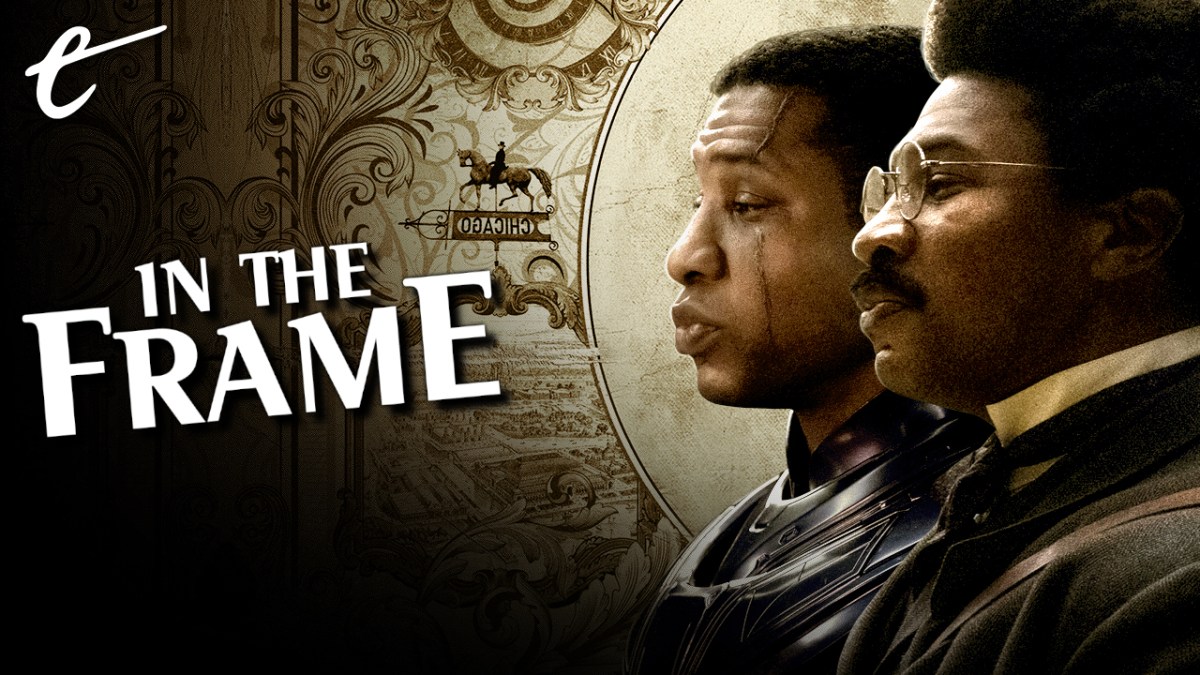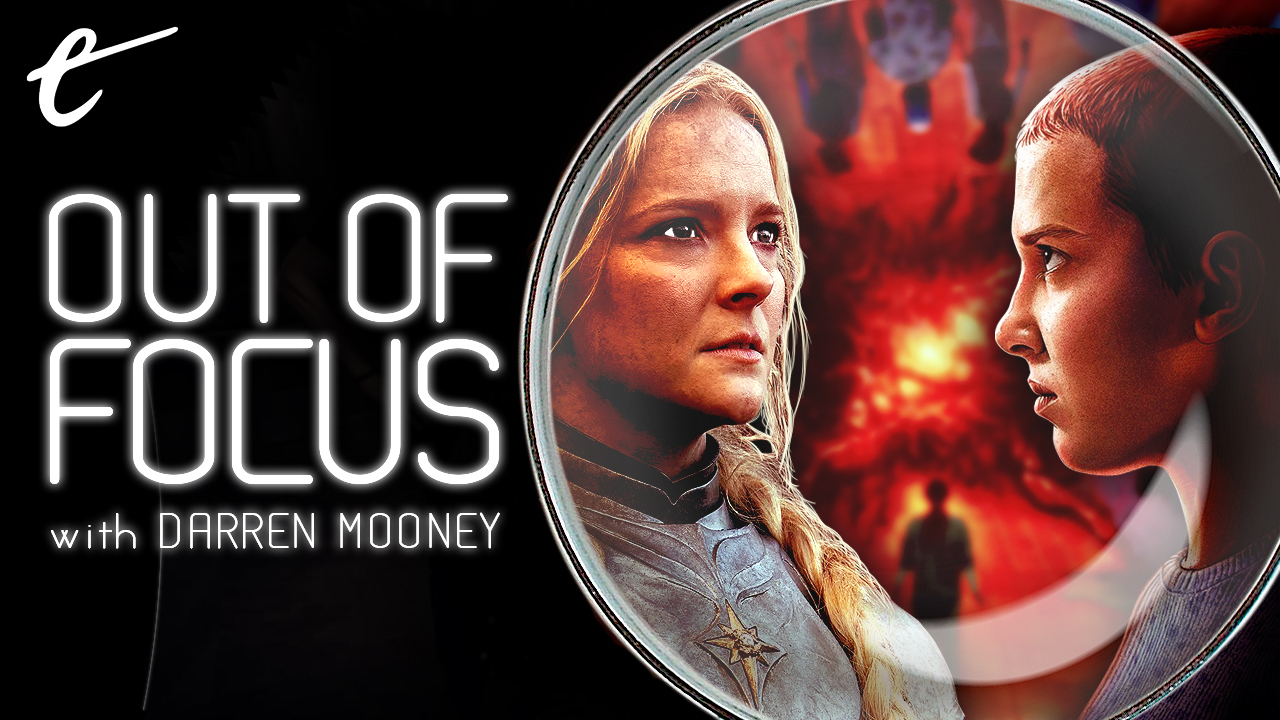Two weekends ago marked the two-year anniversary of the release of Justice League.
The film had been development for many years, finally picking up steam when Warner Bros. launched their Extended Universe with Man of Steel in 2013. The company was coming off a box office hot streak, with the commercial success of the Harry Potter franchise and box office and critical triumph of Christopher Nolan’s Dark Knight trilogy. A shared cinematic universe populated by DC characters was the next logical step.
Justice League should have been a slam dunk. After all, Marvel Studios had managed to turn second-tier characters like Iron Man and Thor into box office behemoths with The Avengers. It made sense that bringing together iconic characters like Batman, Superman, and Wonder Woman on the big screen for the first time would be a license to print money.
Warner Bros. has a long history of developing long-standing relationships with filmmakers. The company has collaborated consistently with some of the most beloved directors in cinema history, such as Clint Eastwood, Stanley Kubrick, and Christopher Nolan. Part of the company’s brand has always been its long-standing relationship with its talent and its trust in them.
Warner Bros. long operated on a “one for us, one for you” model, trading commercially viable projects for riskier personal endeavors. Clint Eastwood’s career bounces between crowd-pleasing films like Firefox and Heartbreak Ridge and more esoteric films like Honkytonk Man and Bird. Christopher Nolan interspaced his work on the Dark Knight trilogy with The Prestige and Inception.
A large part of the success of the Dark Knight trilogy came from the way in which the three films were firmly rooted in Nolan’s own directorial vision in terms of construction, tone, theme, and plot. The Dark Knight trilogy fits as easily alongside Dunkirk as it does Black Panther, and that is part of its strength. Naturally, Warner Bros. opted to adopt a similar approach to their shared universe.

Zack Snyder was entrusted with the spine of the universe, launching Man of Steel. Snyder remains a controversial and divisive director online, but he had earned Warner Bros.’ trust with the twin successes of his Dawn of the Dead remake and the breakout hit 300. The latter was an R-rated box office smash in March, arguably kicking off the summer season two months early.
Snyder had a clear vision, regardless of what one might think of that vision. As with Brad Bird, Snyder has a recurring preoccupation with exceptionalism that is often pegged as Objectivist in nature, which makes sense given rumors about his plans to adapt The Fountainhead. It isn’t an exact fit, but it fits reasonably well alongside the philosophy of The Incredibles or Incredibles 2.
With Man of Steel, Snyder offered a vision of Superman that was mostly his own. It existed in clear contrast to more traditional portrayals of the Man of Tomorrow – much more introspective and existential in nature. For a generation raised on the Richard Donner films, this approach amounted to blasphemy. Snyder even seemed to tweak the fandom’s noses with repeated allusions to Superman II.
Things exploded with Batman v Superman. The film was a mess. It was also surprisingly ambitious, dealing with questions of trauma and violence, religion and xenophobia, masculinity, and identity. It didn’t do all of these well, but it certainly stands out in contrast to the practiced blandness of Captain America: Civil War.
Batman v Superman underperformed relative to expectations. The second DC Expanded Universe movie earned $873 million worldwide, increasing on Man of Steel’s worldwide gross by over $200 million. To put that in perspective, that is more than any of the first five Marvel Studios films. However, the backlash to the film was deafening. The internet hated the film and made no bones about it.

Warner Bros. grew nervous. Although Patty Jenkins’ Wonder Woman was released to both critical acclaim and commercial success with minimal interference, sources within the studio noted a sea change away from the director-driven model to its current franchise film-making. David Ayers’ Suicide Squad was reportedly recut by the company responsible for its trailer, in a shockingly cynical move.
However, Justice League became its own special disaster. Snyder had impressive plans for the film, structuring it as an epic trilogy. Warner Bros. retreated from that. Press tours were offered to assure journalists (and, through them, fans) that Justice League would be “less serious-minded, more fun” than Batman vs. Superman.
Following the tragic death of his daughter, Snyder was effectively sidelined on production of Justice League. Illustrating how eager Warner Bros. was to emulate Marvel Studios, Avengers and Age of Ultron director Joss Whedon was drafted in. Even Whedon reportedly lost battles with the studio over the film and would not be credited as director of the finished project.
What was supposed to be one of the biggest blockbusters of the decade was easily one of the worst. Justice League is less of a movie and more a list of demands designed to appease an angry fandom. The runtime is a crisp two hours. Saturation is turned up to the point that the sets look cardboard, so it appears “lighter.” The soundtrack is saturated with nostalgic references to earlier iterations of the characters. The dialogue is high on banter and stuffed with lame jokes. Anything resembling a rough edge has been filed off. It is designed to give the internet exactly what it thinks it wants.
Justice League earned less at the worldwide box office than Man of Steel. Warner Bros. might not have made as much of a profit on Batman v Superman as they would have liked, but they likely lost money on Justice League. It recalls the underwhelming box office of Star Trek Beyond, another fan-service-driven misfire to another successful fan-provoking sequel.

In the years since, Justice League has remained an object of fascination. Rumors persist about the existence of a “Snyder Cut,” with fans successfully getting #ReleaseTheSnyderCut to trend on social media to mark the film’s two-year anniversary. Actors like Ben Affleck and Gal Gadot even weighed in, supporting the movement for Snyder to get to release his cut of the film.
Of course, the release of the Snyder Cut seems highly unlikely. There is some debate about how much of the film is actually finished and how much of Snyder’s vision is recoverable. There may also be too much ego and politics tied up in the fiasco around Justice League for Warner Bros. to publicly acknowledge they made a mistake and miscalculation in the handling of the film.
Maybe there is hope. Richard Donner got to recut Superman II over a quarter of a century after the botched theatrical release. The emergence of streaming services like HBO Max and a change of senior management would seem to make an alternate cut of Justice League more likely. Yet even if it did happen, would it be worth it? Is the Snyder Cut better as some sort of internet holy grail?
To be fair, Snyder’s cut would undoubtedly have more life than the theatrical release. It also seems highly likely that it would be a gigantic mess. However, it would most likely be an ambitiously weird mess. There are traces of this in the theatrical cut, from Steppenwolf’s weird relationship with his motherbox (which may or may not be named “Martha”) to the implied horror of the Parademons.
However, perhaps the real legacy of the whole Justice League debacle can be seen in Warner Bros.’ current slate of superhero films. In the years that followed Justice League, the company relaxed its creative grip on the brand. Rather than trying to build a singular cohesive shared universe like Marvel Studios, Warner Bros. has shifted back to allowing their creatives greater freedom.
The financial success of Joker demonstrated that there is room for less conventional superhero films at the table. Matt Reeves has been entrusted with The Batman, following his work on the recent ambitious Planet of the Apes films. Patty Jenkins could not fit in at Marvel Studios but appears to have been given the freedom to make Wonder Woman 1984 on her own terms.
It remains to be seen whether the #ReleaseTheSnyderCut campaign will accomplish its specific objective. (It likely won’t.) With a bit of luck though, the failure of Justice League might ensure that it is the last time such a hashtag is necessary.














Published: Nov 29, 2019 3:00 PM UTC